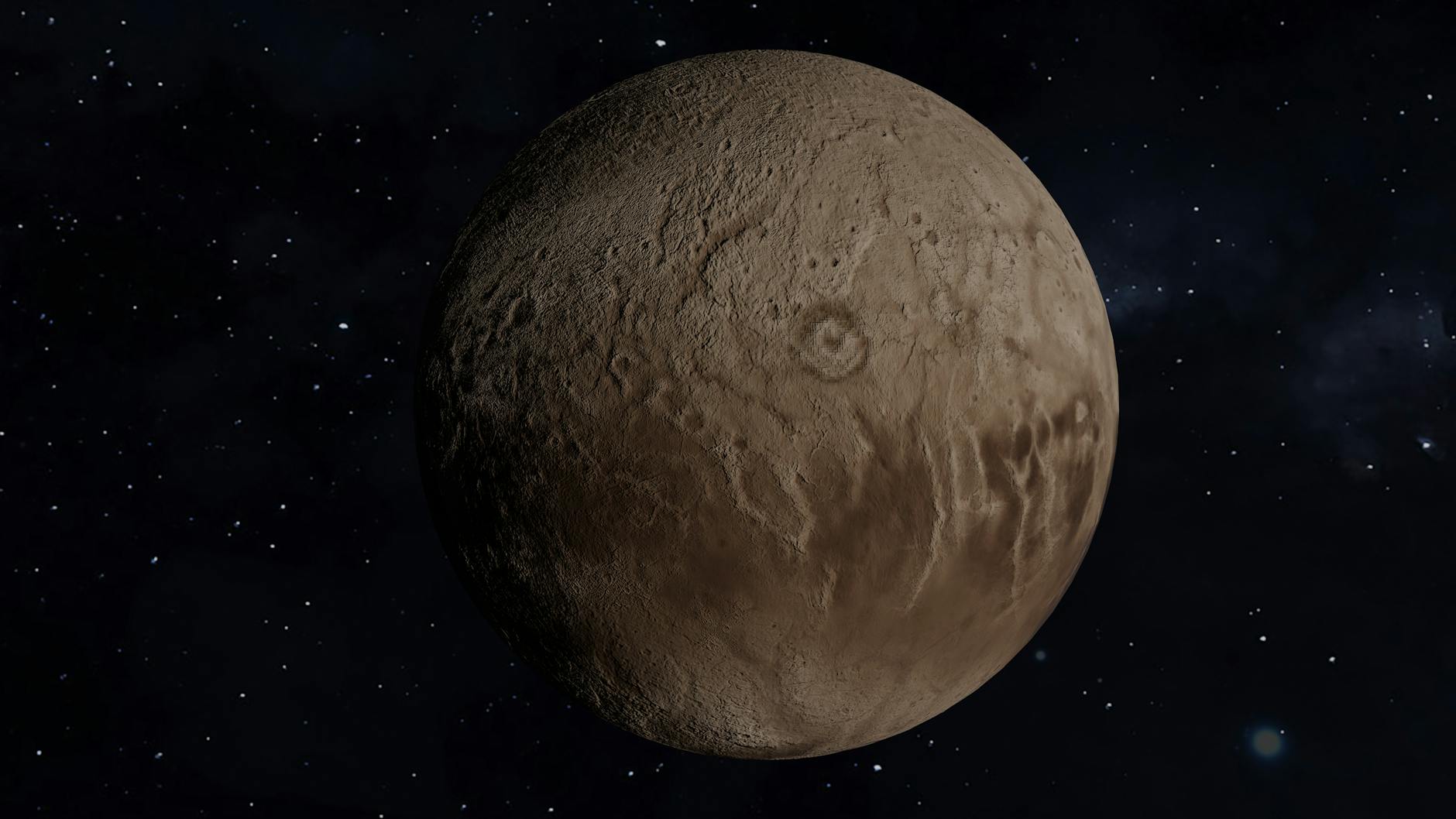Since its discovery in 1930 by American astronomer Clyde Tombaugh, Pluto has yet to complete a full orbit around the sun. Situated beyond the orbit of Neptune, Pluto was initially spotted using the Lowell Observatory in Flagstaff, Arizona. Named after the ruler of the Greek underworld in mythology, Pluto’s status as a planet or dwarf planet remains a topic of debate among astronomers.
The journey for Pluto to complete one orbit around the sun is lengthy, spanning approximately 248.09 Earth years. As a result, astronomers eagerly await the moment when Pluto will achieve its first full revolution since its discovery. According to calculations, this significant event will occur on Monday, March 23, 2178. This anticipated milestone highlights our solar system’s remarkable dynamics and the cosmos’ enduring mysteries.
The Shift
In 2006, a significant shift occurred in our understanding of planets, reshaping how we classify celestial bodies in our solar system. While Pluto remained unchanged, the definition of what constitutes a planet underwent revision, leading to its reclassification.

International Astronomical Union (IAU) introduced new criteria for a celestial body to be recognized as a planet. According to these updated guidelines:
- Roundness: A planet must possess a spherical shape formed by its own gravity, pulling it into a roughly spherical form.
- Orbit around the Sun: For an object to be classified as a planet, it must orbit the Sun directly. Clearing its orbit: A planet must have “cleared the neighborhood” around its orbit of other celestial objects. This means that as a planet orbits the Sun, its gravitational influence should dominate its orbital path, causing smaller objects in its vicinity to either collide with the planet or be gravitationally captured as moons. A planet’s orbit should be relatively free of other significant celestial bodies.
While Pluto meets the first two criteria, it fails to fulfill the third requirement. Pluto shares its orbital zone with numerous other celestial bodies in the Kuiper Belt, a region beyond Neptune populated by icy objects. These objects, collectively known as Kuiper Belt Objects, intersect Pluto’s orbital path, disqualifying it from being classified as a planet under the new IAU guidelines.
This redefinition sparked debate among astronomers and the public alike, with some questioning the decision to demote Pluto from its planetary status. However, the revised criteria aim to provide a clearer understanding of the diverse celestial objects inhabiting our solar system, reflecting the ongoing evolution of scientific knowledge and classification systems in astronomy.
Avid Writer with invaluable knowledge of Humanity!
Upcoming historian with over 30 million views online.
“You make your own life.”





